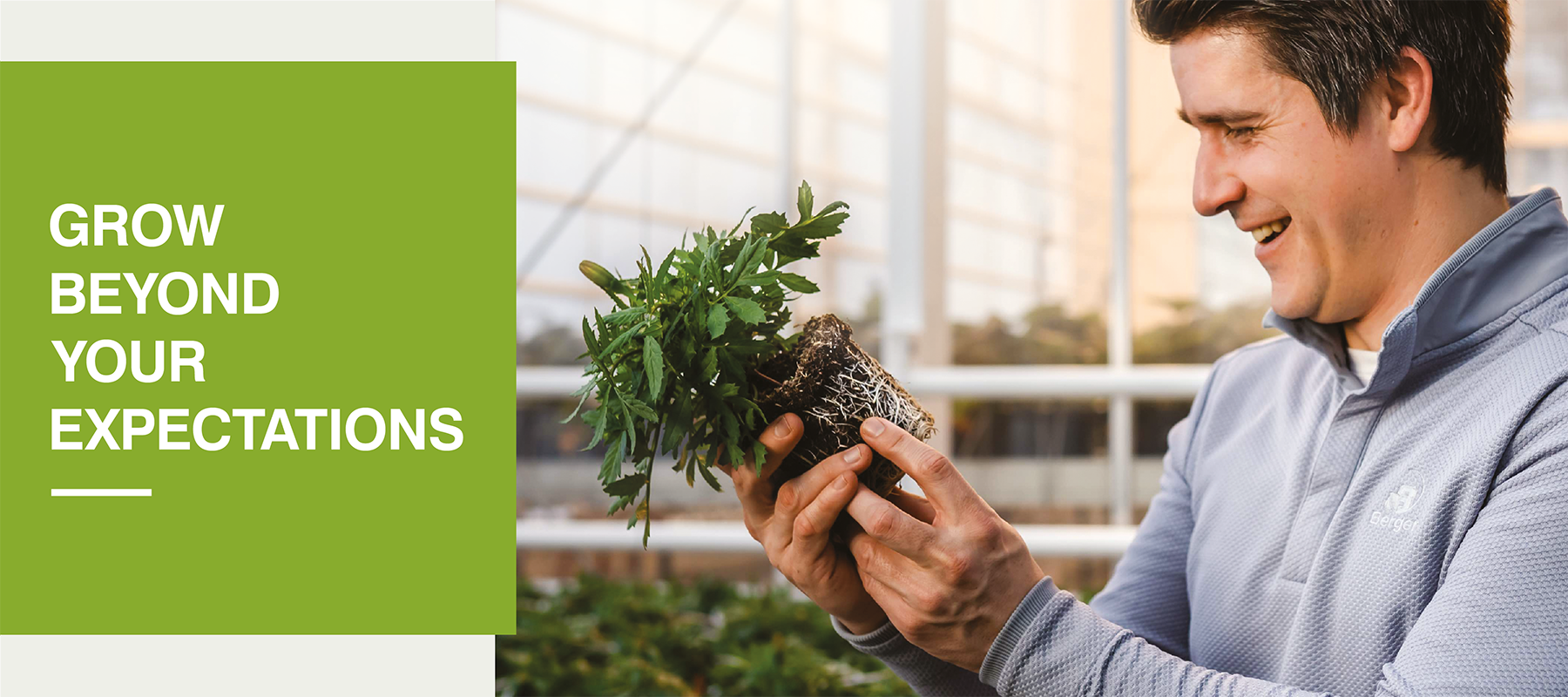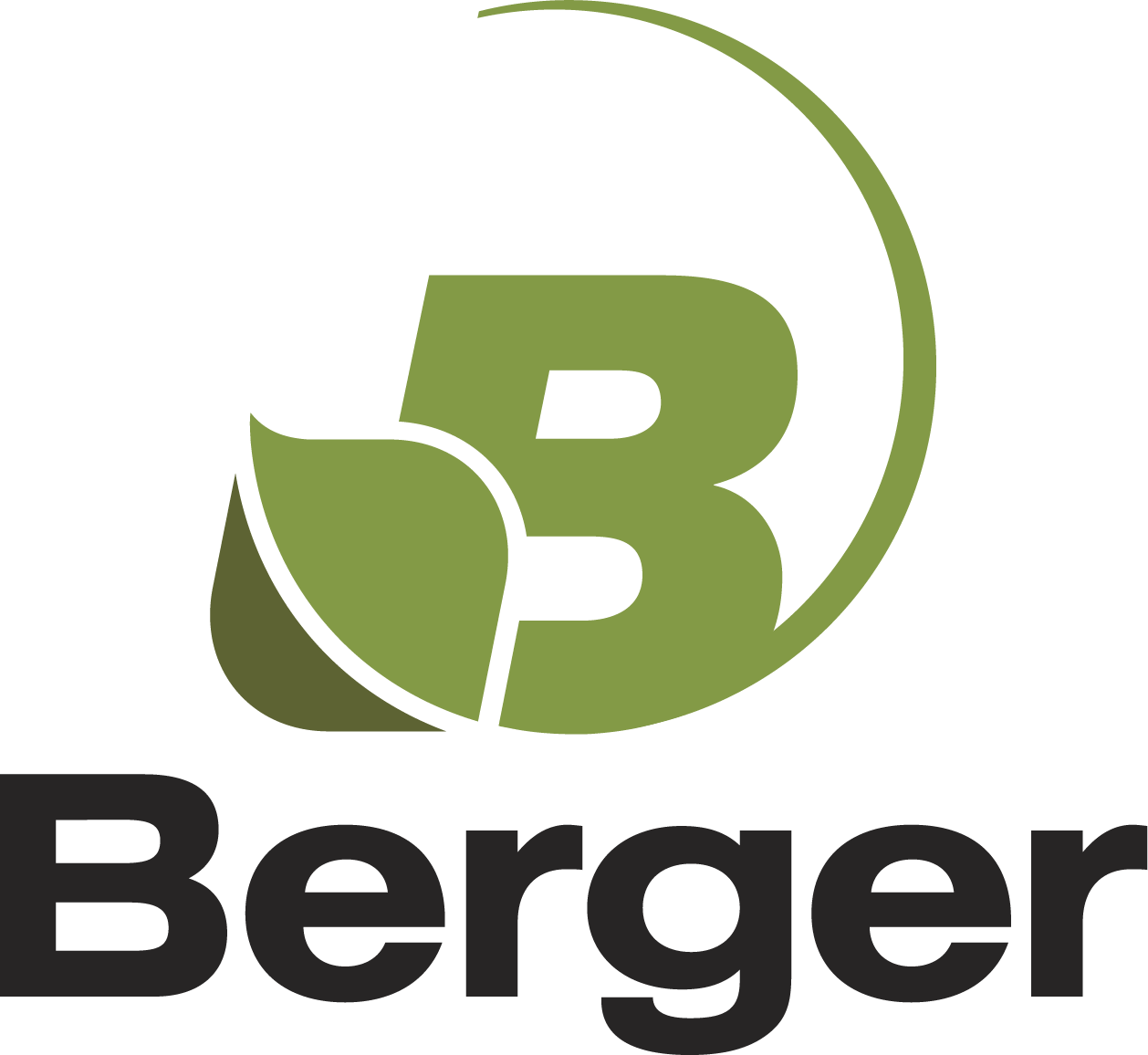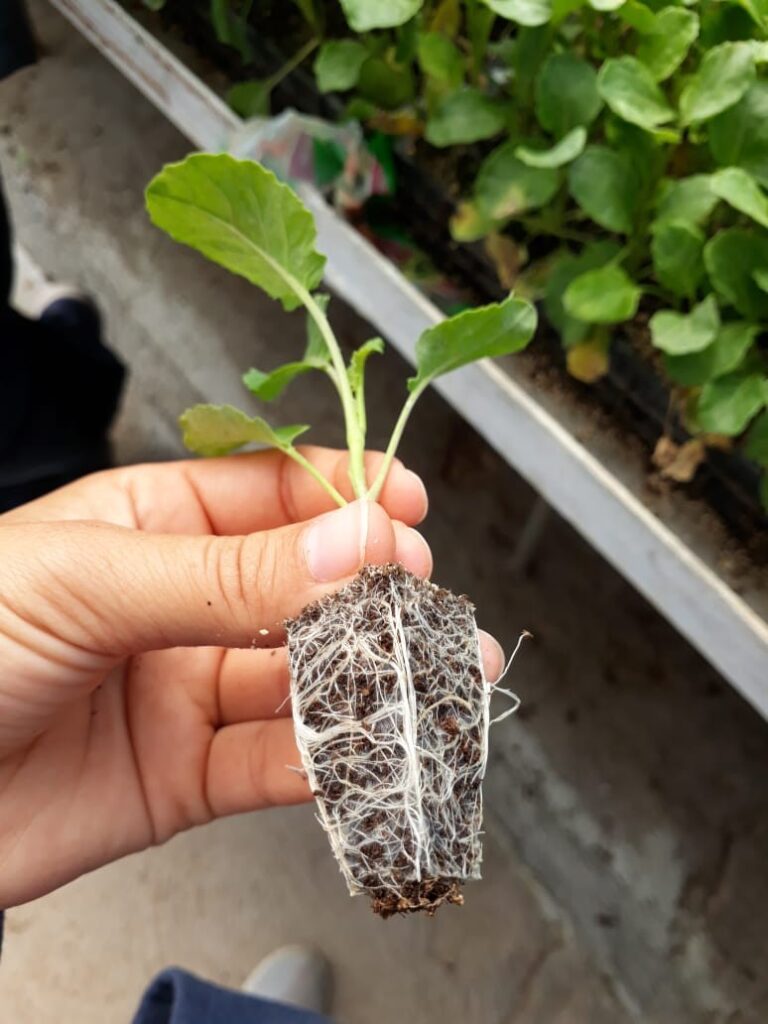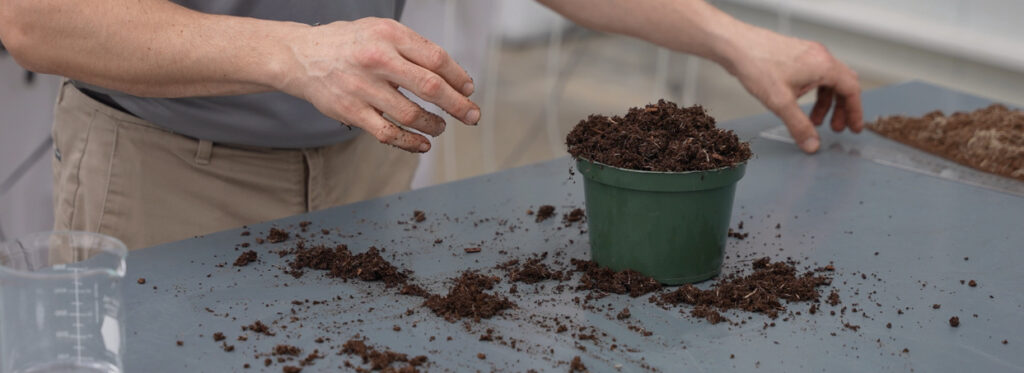Never Underestimate the Growing Mix Selection
We’ve all learned how important global supply chains and material availability can be over the past three years. Change and uncertainty are two words that come to mind. When we talk about taking control of your inputs, specifically your growing media, versatility and flexibility are more critical now than ever before.
In this podcast, we will explore:
- Potential solutions to increase crop quality while also increasing efficiency;
- Ways to ease supply chain burdens using creative mix selection and incorporating different components the correct way;
- How Berger’s approach help growers growing Beyond greenhouse production.
Read the related article:
Control Your Inputs: Reduce Risk Through Growing Mix Selection
by: Stacey Rocklin, grower advisor
With change and uncertainty the theme of the year, how can we prepare for the unexpected? Knowing your inputs and their supply chain can help you make decisions quickly when faced with unforeseen challenges. When choosing a growing media, consider looking for a versatile mix that performs well under various conditions, thus improving your adaptability.
Biological Inputs and Fertilizer Decisions
Knowing more about growing media components and other additions to growing mixes can help you make informed decisions, especially during periods of short supply. Consider these two common mix additives: biological inputs and controlled release fertilizers (CRF), which both affect growing media shelf-life. The options include adding these additives directly to the crop during planting or adding them to the growing media. Two key reasons growers prefer to have these blended into their mix are labor shortages to apply them and consistency concerns. However, horticultural research has shown that each component performs better when added directly to the crop. Moreover, direct application allows growers to target specific crops or life stages, maximizing the benefits by using it only where it matters.
Biological inputs, specifically mycorrhizae, work best when introduced directly to plant roots and are most beneficial to plants with lengthy crop times. They may also interact with the naturally occurring, non-pathogenic microflora of peat moss during storage and transit before first use. However, our industry needs more research on how this impacts their efficacy.
CRFs added as a topdressing at or just after planting fertilize for the entire duration of their expected cycle. Whereas incorporation into the moist environment of a peat mix during storage and shipping risks early nutrient release into the mix, causing a higher starting EC. Even if the incorporated CRF does not release early, roots in individual pots receive nutrients more uniformly when adding CRF as a top dressing. Adding these additives at or shortly after potting results in better growth and cost savings if equipment and labor are available to do the added work (Donald J. Merhaut, 2013).
Higher demand for ready-to-use growing media
Another control point is in understanding the peat supply. Growers who have traditionally been mixing their growing media find it harder to source straight peat. Multiple factors are at play in producing peat moss. Starting with the end, post-harvest peat bog restoration is critical to an overall harvest plan. Restoration funds must exist before any new site gains approval to open for harvest. Considering there is no existing infrastructure like roads near bogs in remote locations before they come into use, this is a significant added expense to sourcing peat. Add how weather impacts harvest directly and how costs are rising is understandable. To mitigate weather issues, Berger has a department dedicated to managing multiple bogs across Canada to ensure a more uniform product blended across these diverse areas and secure a quality peat supply for decades to come.
Explore Solutions with Berger Experts
Knowing your crop needs and choosing backup mixes as needed to control costs are key abilities growers must continue developing in this market. Working with your knowledgeable Berger Sales Representative and Grower Advisor adds excellent experience and expertise. Back this with growing media research from Berger’s R&D team, and you are in an outstanding position to tackle the challenges that come your way.
Works Cited
Donald J. Merhaut, E. K. (2013, Fall, Volume 17, Issue 3). Nutrient Release from Controlled-Release Fertilizers in Nursery Production Systems. Retrieved July 12, 2022, from University of California Nursery and Floriculture Alliance News: https://ucnfanews.ucanr.edu/Articles/Feature_Stories/Nutrient_Release_from_Controlled-Release_Fertilizers_in_Nursery_Production_Systems/

About our Podcast Experts

Pierre-Marc de Champlain
Director of Technical Services, Berger
Being fascinated with biological sciences, Pierre-Marc joined the industry in 2008, and quickly became known for his integrated and forward-thinking approach for to tackling growers’ unique challenges. Intrigued by the fast-paced evolutions in the growing sector and obsessed with data-driven results in the field, Pierre-Marc always dives deep to uncover how substrates and the growing environment can help improve the yield of any production. His can-do attitude and wry sense of humor are appreciated by colleagues and customers alike. Thanks to his strong advocacy for growers, GPN (Greenhouse Product News) selected Pierre-Marc for the 2020 Forty under 40 program. Prior to Berger, Mr. de Champlain worked at Lang 2000, helping to improve practices in the treatment of polluted water. Before Lang 2000, he performed soil ecology research at the Université de Sherbrooke’s Biology Department. He began his career as a research assistant at Agriculture and Agri-Food Canada’s Food Research and Development Center, assisting in projects on preserving food quality and ensuring safe food processing. Two parts growing geek and two parts die-hard LEGO fan, Pierre-Marc is all about innovation and expertise.

John Santoro
Sales Director, Northeastern USA and Canada, Berger
John’s has acquired over 20 years of horticulture experience in both sectors of the industry—as a production manager and grower, and in sales. Being able to understand the operations and challenges on both sides makes him a valuable contributor for his customers and Berger. John studied ornamental horticulture, with a specialty in floriculture, at Delaware Valley University in Pennsylvania. He started his career at Blue Moon Acres from 2001 to 2005, supervising a team on a six-acre organic herb greenhouse and farm. He then went on to work as a Production Manager for Kurt Weiss Greenhouses in Connecticut, which grew annual and perennial products in an 11-acre facility. From 2007 to 2014, John was nominated Head Grower for Garden State Growers and then Sell Farms in New Jersey. He then switched hats and went to work in technical sales at Berger. He quickly moved up the ranks to Divisional Sales Manager and then in the position he is today.



